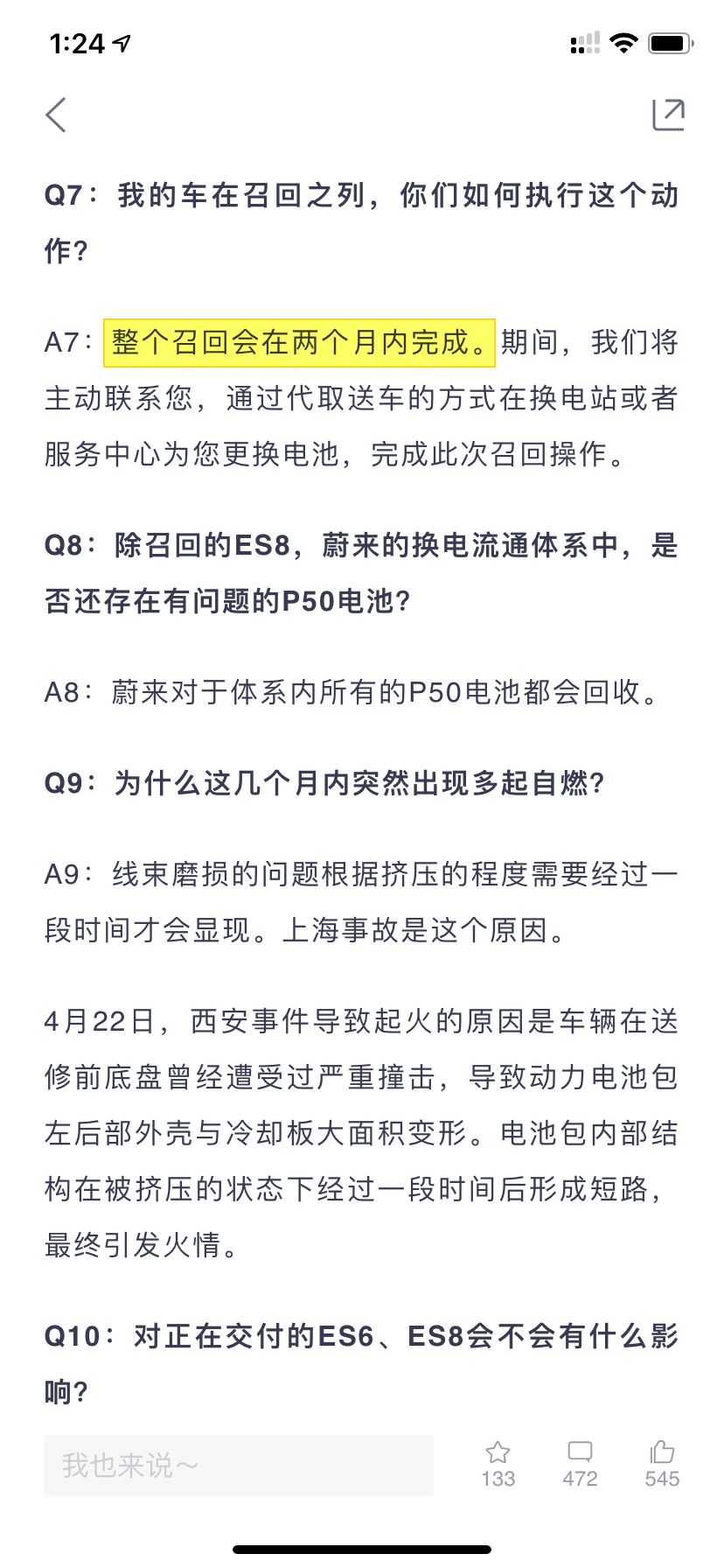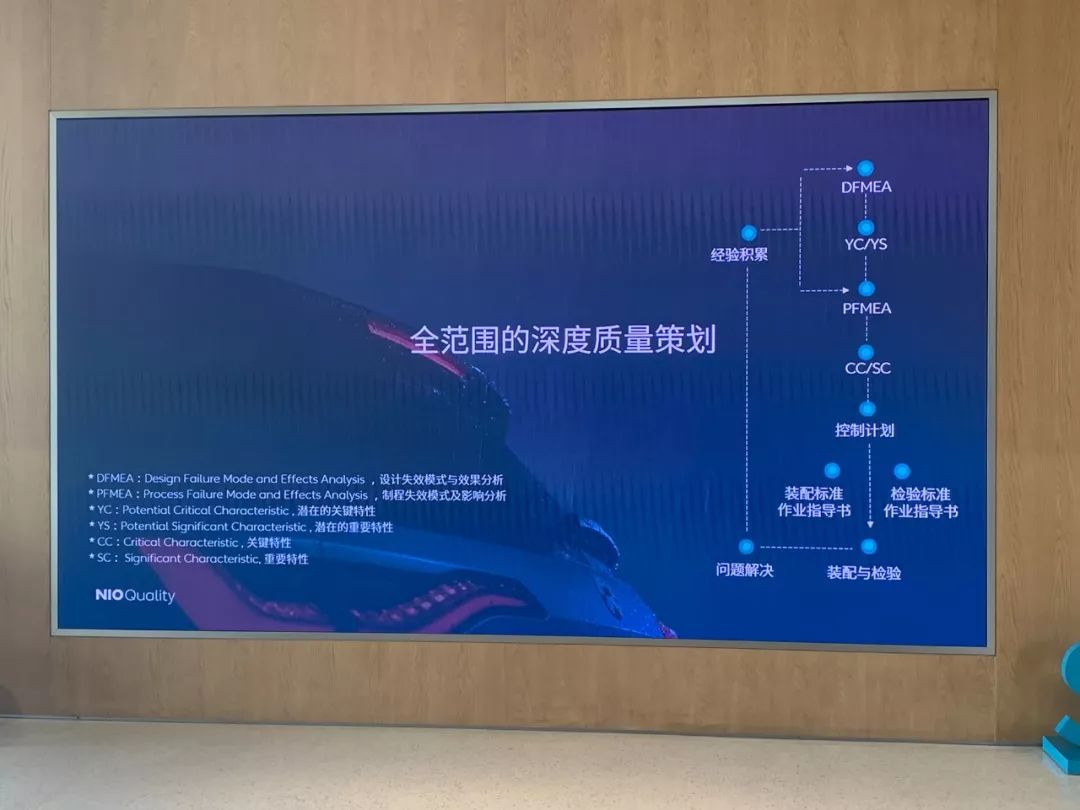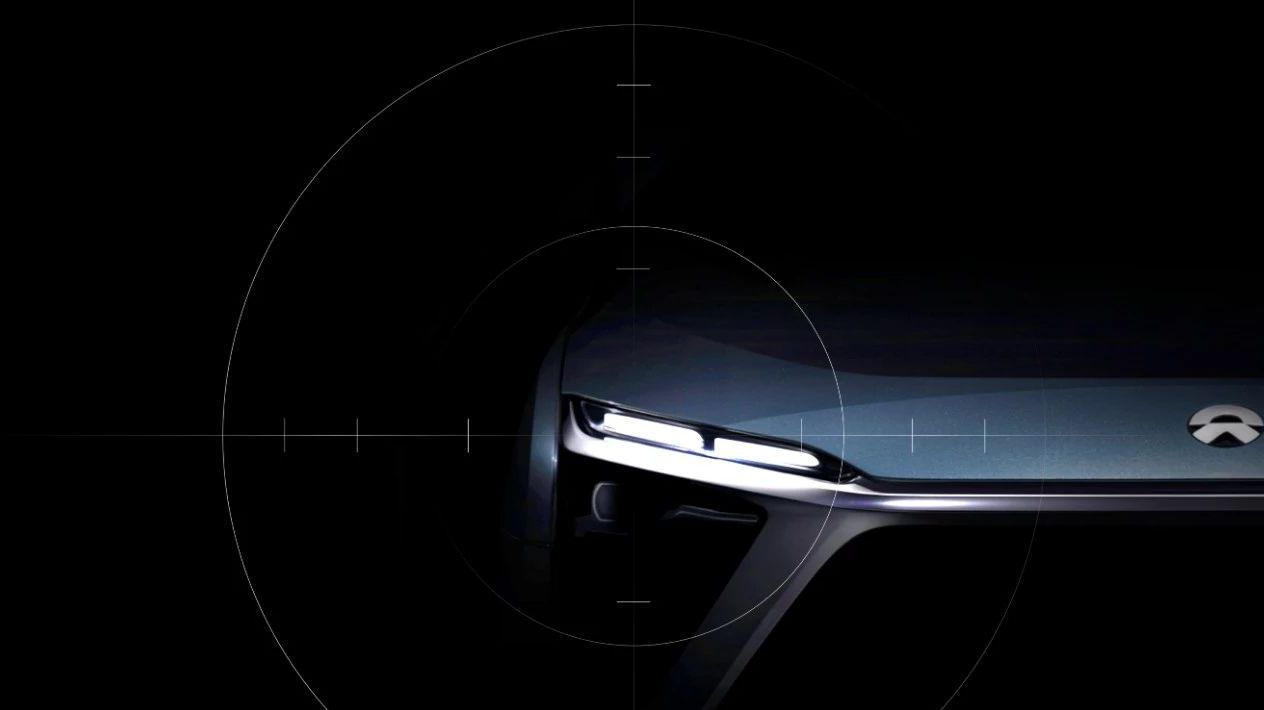NIO’s PR team may be one of the hardest-working groups in the automotive industry. As we entered 2019, this belief was further strengthened.
Let’s not go too far back – last month’s recalls and weak sales of the ES8 were both tricky issues to handle. When NIO was soaring in 2018, the voices of criticism were deafening. And now in 2019, amidst a series of interconnected problems, criticism is even harsher: is NIO finished?
On August 15th, 42HOW visited the NIO-JAC joint factory in Hefei, Anhui.
The 837 car tragedy
A Baidu search shows that NIO sold 1,502 cars in July 2019, including 1,066 ES6s and 436 ES8s. However, on August 12th, NIO announced its actual delivery numbers for July 2019: a total of 837 vehicles, including 673 ES6s and 164 ES8s. A third source shows that NIO sold 660 ES6s and 153 ES8s in July.
What’s going on?
In fact, all three numbers are correct, representing production volume from China Association of Automobile Manufacturers, NIO’s actual delivery numbers, and China Insurance Association’s insurance registration numbers.
In terms of production, NIO, like Tesla and Porsche, adopts an “Order-To-Delivery” system, where all produced vehicles correspond to existing orders. Therefore, it makes sense for the China Association of Automobile Manufacturers to calculate sales based on production volume. However, due to logistics, deliveries, and registration, actual sales numbers may be lower than reported, and insurance registration numbers may be lower still.
For the purposes of this discussion, we will use NIO’s actual delivery numbers.
837 cars/month – what level of achievement is this? A 37% YoY decrease and a 37.5% MoM decrease.
Double YoY and MoM declines – public opinion explodes: NIO’s product lineup of ES6 + ES8 was supposed to result in 1+1>2, but now it appears that 1+1<1?
Shen Feng, NIO’s Vice President of Quality and Chairman of the Quality Management Committee, explained this problem at the NIO-JAC joint factory in Hefei: there are two main factors, one being the subsidy reduction and the other being the impact of the ES8 recall on production capacity.
“This recall was really unlucky, but we may have set a record in this industry, with almost 5,000 cars recalled and redelivered in less than a month.”
On June 27th, NIO issued a statement on the ES8 recall announcing that “the entire recall will be completed within two months for 4,803 affected vehicles.”
 How was the recall carried out? “We released the recall information from June 27th to July 20th and completed all recall work,” Li Bin announced at the 2019 New Energy Vehicle Consumer Forum today.
How was the recall carried out? “We released the recall information from June 27th to July 20th and completed all recall work,” Li Bin announced at the 2019 New Energy Vehicle Consumer Forum today.
This means that in the past month, NIO’s total vehicle deliveries were 837, but the battery pack delivery was actually 837 + 4,803 = 5,640.
What does this concept mean? Year-on-year growth of 324% and a month-on-month growth of 321%. With such a large battery demand in a short period of time, NIO had no pressure, but Contemporary Amperex Technology’s (CATL) power battery supply was under pressure.
Previously, CATL had already explained that NIO’s battery module uses customized design, and the production line is only applicable to NIO products. CATL can raise the output of a specialized production line within a month, cooperate with NIO, and complete all recall work. All of this shows that CATL has made a great achievement in the power battery industry.
However, at the same time, the supply of batteries for new car orders in July by NIO is inevitably squeezed.
In addition to this, the new energy vehicle subsidy policy implemented from June 25th, 2019 also advanced the sales volume for July to some extent, concentrating some of the demand released in June. This is the same story as Tesla’s record sales in Q4 2018 in the United States and a sharp decline in sales in Q1 2019. The subsidy level for new energy vehicles in the United States has been reduced by 50% since January 2019.
In fact, regardless of the impact of the recall or the subsidy decline, Li Bin explained both in NIO’s July delivery announcement. In addition to these, Li Bin also mentioned that “with the normalization of battery supply, NIO’s August sales guidance will reach a record high of 2,000 to 2,500 units”.
“Working hard is not enough, we also need professionalism and systematization.”
Facing the question of whether NIO has quality problems after recalling nearly 5,000 vehicles, Shen Feng, vice president of quality and chairman of the quality management committee, spent a day explaining the work done by NIO.
Before introducing NIO, let’s introduce Shen Feng first. When he joined NIO at the end of 2017, people knew him as the Polestar Global CTO and China CEO of Volvo, and President of Volvo China R&D Company. But for NIO, Shen Feng’s brilliant experience at Ford was more important.# Ford’s Six Sigma Management Strategy
Ford has implemented Six Sigma as a management strategy. In the automotive industry, Six Sigma is not a new concept, it is a set of techniques for improving the management of enterprise quality processes. Depending on the level of learning and application mastery, employees are divided into yellow, green, black, and master black belts. Generally, only 1% of employees are trained to be black belts, and the team size of master black belts is only 1/10 of that of black belts.
Shen Feng’s Achievements
Shen Feng became an advanced master black belt at Ford and had worked in global research and development, procurement, supplier management, and production quality management. After joining Volvo, he participated in various departments such as research and development, manufacturing, quality, procurement, and IT at Volvo China. At the end of 2017, Shen Feng joined NIO as the chairman of the Quality Management Committee and started to establish the quality system of this young company.
Design for Six Sigma
Shen Feng is a leader and pioneer of Design for Six Sigma (DFSS) and has led more than 100 Six Sigma projects. When introducing the quality system of NIO, he mentioned a principle: “Not only design for function, but also design for reliability, manufacturing, and cost.”
Quality Management in NIO
In terms of organizational structure, Shen Feng led the establishment of the FMEA Committee (covering CFMEA, DFMEA, PFMEA) and the Safety Committee (covering functionality, mechanics, collision, battery, network, high voltage, chemistry, and seven major safety areas) to ensure product safety and reliability by focusing on early risk identification and prevention through front-end design quality enhancement.
In terms of research and development, NIO has created an NIO Product Development Platform (NPDP). Under this platform, Shen Feng’s Quality Management Committee will ensure every detail of the product development design plan at each of the 5 major stages and 9 major product development review checkpoints.
In addition, due to his cross-business experience at Ford and Volvo, Shen Feng is responsible for quality management of all sub-businesses such as enterprise, mass production products, after-sales, power management, electric powertrain, software, design, vehicle engineering, suppliers, manufacturing, logistics, XPT, etc. at NIO.
For a new car, the quality team needs to spend several years from the beginning of the project to the actual delivery to users, controlling and reviewing every step.
Given the complexity of the disciplines and technologies involved in the automotive industry, zero engineering changes are the safest and lowest probability of failure way, which is precisely the complex quality management of NIO.
First, as mentioned earlier, NIO uses the OTD (order-to-delivery) production system, and NIO’s rich selection of packages can form more than 200,000 combinations, which brings huge challenges to production management.
Second, the difference between NIO and traditional car companies lies in the dual factors of lack of research and development experience and rapid iteration genes, resulting in very frequent engineering changes at NIO. While at Volvo China, Shen Feng participated in the work of delivering the S80 to Changan Ford for production. However, after coming to NIO, he found that the OEM model at the engineering level was not feasible between NIO and JAC.
Shen Feng introduced that the key-to-key scheme of Volvo S80 type OEM needs to meet three conditions: “the product is completely mature, and no further changes or adjustments will be made; the R&D system of the R&D party is mature; the manufacturing experience of the OEM party is mature.”
Neither NIO nor JAC meet these three conditions.
So a few months after joining NIO, Shen Feng realized the problem with OEM. In April 2018, Shen Feng led the coordination between NIO and JAC and became the first person in charge of NIO’s factory. Under his leadership, Gu Xiangli, the head of NIO’s factory, and the head of JAC’s factory began to collaborate very well. In the words of Shen Feng, “the two people collaborate very well and perform like one person.”
NIO’s plant, with nearly 2,000 people, is operating according to the rules, systems, and processes developed by Shen Feng. “Quality is definitely not something that a quality department needs to do. Quality is something that everyone needs to do, and quality is our faith,” Shen Feng said.


 “`
“`


“`
This article is a translation by ChatGPT of a Chinese report from 42HOW. If you have any questions about it, please email bd@42how.com.
